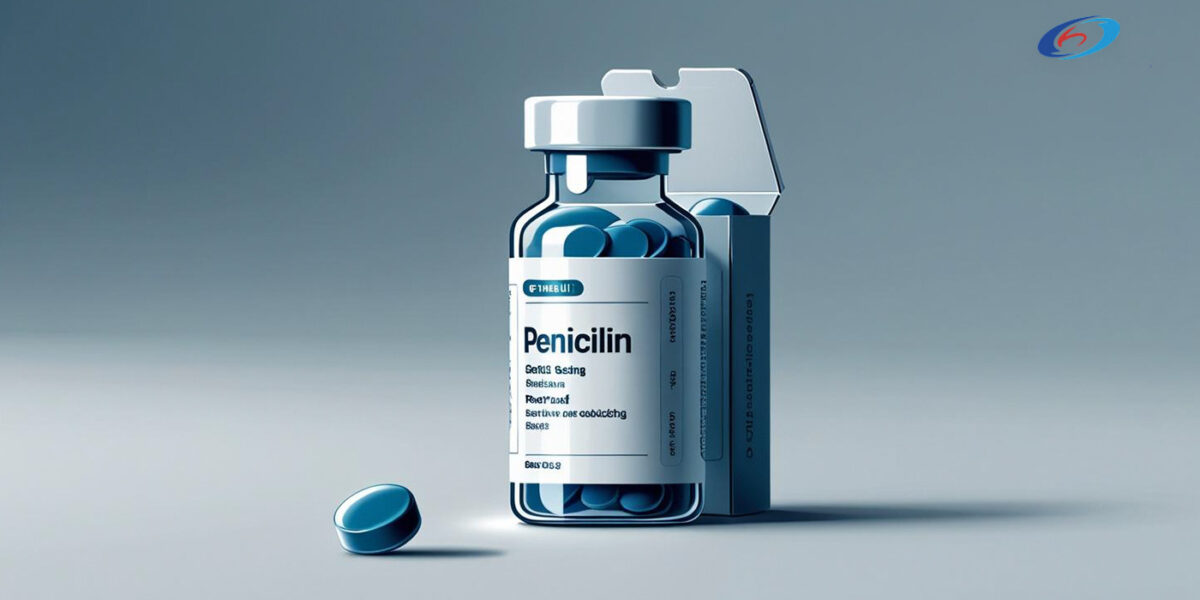The Critical Role of Proper Packaging in Penicillin Products: Safety, Stability, and Patient Compliance
In the pharmaceutical industry, packaging is not just about containment, it’s a critical component of drug safety, stability, and efficacy. This is especially true for penicillin products, which are highly sensitive to environmental factors such as moisture, light, and microbial contamination. Poor packaging can lead to degradation, reduced potency, and even life-threatening allergic reactions in patients.
For pharmaceutical manufacturers in Pakistan, ensuring proper penicillin packaging is essential to comply with cGMP standards, meet regulatory requirements, and safeguard patient health.
Why Packaging Matters for Penicillin Products
Penicillin and its derivatives (e.g., amoxicillin, ampicillin) are among the most widely used antibiotics globally. However, their chemical instability makes packaging a crucial factor in ensuring:
– Product integrity (preventing degradation)
– Patient safety (avoiding contamination and misuse)
– Regulatory compliance (meeting DRAP, WHO, FDA, and EMA standards)
A well-designed packaging system must address:
– Moisture and oxygen sensitivity
– Light exposure risks
– Microbial contamination prevention
– Tamper evidence and child resistance
Key Packaging Requirements for Penicillin Products
1. Protection Against Degradation
– Moisture Barrier: Penicillin is highly hygroscopic (absorbs moisture), leading to hydrolysis and loss of potency. Aluminum blister packs, desiccants, and high-barrier films are commonly used.
– Light Sensitivity: Amber glass vials or opaque packaging protect penicillin from UV degradation.
– Oxygen Exposure: Nitrogen flushing in vial packaging prevents oxidation.
2. Preventing Cross-Contamination
– Dedicated packaging lines for penicillin to avoid cross-contact with non-beta-lactam drugs.
– Sterile packaging for injectable penicillin to maintain aseptic conditions.
3. Ensuring Patient Safety & Compliance
– Child-resistant closures (CRC) to prevent accidental ingestion.
– Tamper-evident seals to ensure product authenticity.
– Clear labeling with expiry dates, storage conditions, and allergy warnings.
4. Regulatory Compliance
– DRAP (Pakistan), WHO-GMP, FDA, and EMA require strict packaging validation.
– Stability studies (ICH Q1A) must confirm packaging effectiveness over shelf life.
Common Packaging Formats for Penicillin
- Blister Packs
- Glass Vials
- Bottles with Desiccants
- Pre-filled Syringes
Innovations in Penicillin Packaging
To enhance safety and compliance, pharmaceutical companies are adopting:
– Smart Packaging: QR codes for tracking authenticity and expiry.
– Temperature-Indicating Labels: Ensures cold-chain integrity.
– Eco-Friendly Materials: Sustainable yet protective packaging solutions.
Challenges in Penicillin Packaging for Pakistani Manufacturers
1. High Humidity Climate – Requires superior moisture barrier materials.
2. Cost of Advanced Packaging – Investments in blister packs and glass vials can be expensive.
3. Regulatory Scrutiny – Strict validation and documentation needed for compliance.
Best Practices for Overcoming These Challenges
Use high-quality barrier films and desiccants for moisture control.
- Conduct accelerated stability testing to validate packaging under local conditions.
- Train staff on cGMP packaging standards to avoid errors.
Proper packaging is a make-or-break factor in penicillin product safety and efficacy. For Pakistani pharmaceutical manufacturers, investing in advanced, compliant, and patient-friendly packaging is not just a regulatory necessity, it’s a commitment to saving lives.
By adopting best practices in material selection, contamination control, and regulatory adherence, companies can ensure their penicillin products remain stable, safe, and effective throughout their shelf life, ultimately building trust with healthcare providers and patients.

